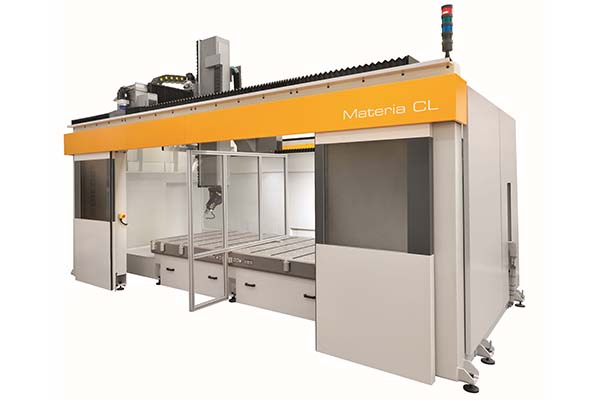Innovative electrospindle puts a unique spin on machining. Discover how continuous C-axis rotation on your machining electrospindle will improve efficiency and quality.
What is Continuous C-axis Rotation?Biesse utilises a five-axis electrospindle that can rotate freely without having to stop and reset itself. Conventional spindles can only rotate 720° (just under two full revolutions) before their movement is hindered and the spindle has to retract, rewind and restart. This is enabled via the innovative design of the slip ring on the HSD head utilised on the Materia machine. The slip ring is engineered to facilitate continuous rotation of the head on the vertical and horizontal axes. Consequently, this clever electrospindle will work all around the workpiece without having to rewind itself.
What are the benefits?
There are two main benefits to utilising a spindle with endless rotation in CNC applications: increased productivity and finishing precision.
Cycle time is reduced considerably because there is no ‘dead’ time while the spindle is stopping, unwinding and resetting. Added to this, there is no dip in productivity while the head is decelerating and accelerating as it stops and restarts.
Whilst reduced cycle time is an important advantage, the quality finish that can be achieved with repeatable precision is the primary benefit of this feature. Continuous rotation leaves no dwell marks on the object, eliminating the need for further finishing. Additional finishing is not only time-consuming and expensive, but also introduces a potential for human error. Carrying out all finishing on the machine is more efficient and produces a defect-free superior quality finish that is consistent and repeatable.
Who can benefit?
Companies in a range of industries benefit from this feature. If the majority of machining is executed on the c-axis, the application will be a likely candidate for Continuous C-axis Rotation. In other words, this feature comes into its own on applications that involve the tool travelling repeatedly round a workpiece.
Whilst the Materia can be used for both mould creation and trimming, the greatest benefits are gleaned in mould machining applications. This is because trimming is typically performed in one pass, whereas producing a mould can involve five or six different tooling steps, with the head potentially circumnavigating the mould 50-60 times. The mould will be produced far more quickly if these rotations are continuous than if the head had to stop to reset every 1.8 revolutions.
These innovative electrospindles are designed and manufactured by HSD, a world leader in excellence within the mechatronics sector and part of Biesse.
Discover the Materia here.


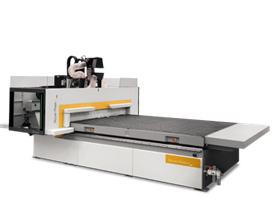
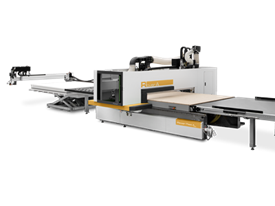
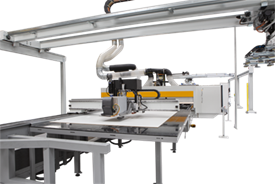
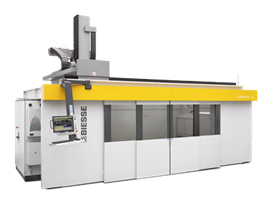
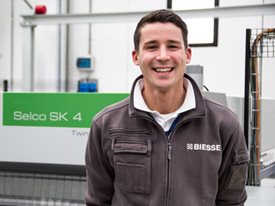
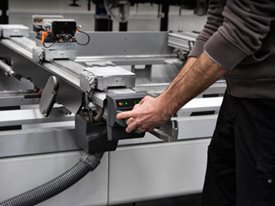

 Worldwide
Worldwide
 Italia
Italia
 United Kingdom
United Kingdom
 Россия
Россия
 France
France
 中国
中国
 Asia
Asia
 Deutschland
Deutschland
 España
España
 Schweiz
Schweiz
 North America
North America
 India
India
 Australia & New Zealand
Australia & New Zealand
 Türkiye Cumhuriyeti
Türkiye Cumhuriyeti
 Middle East
Middle East
 Brasil
Brasil
